5 types of smartest parrots in the world that you can choose to keep as pets
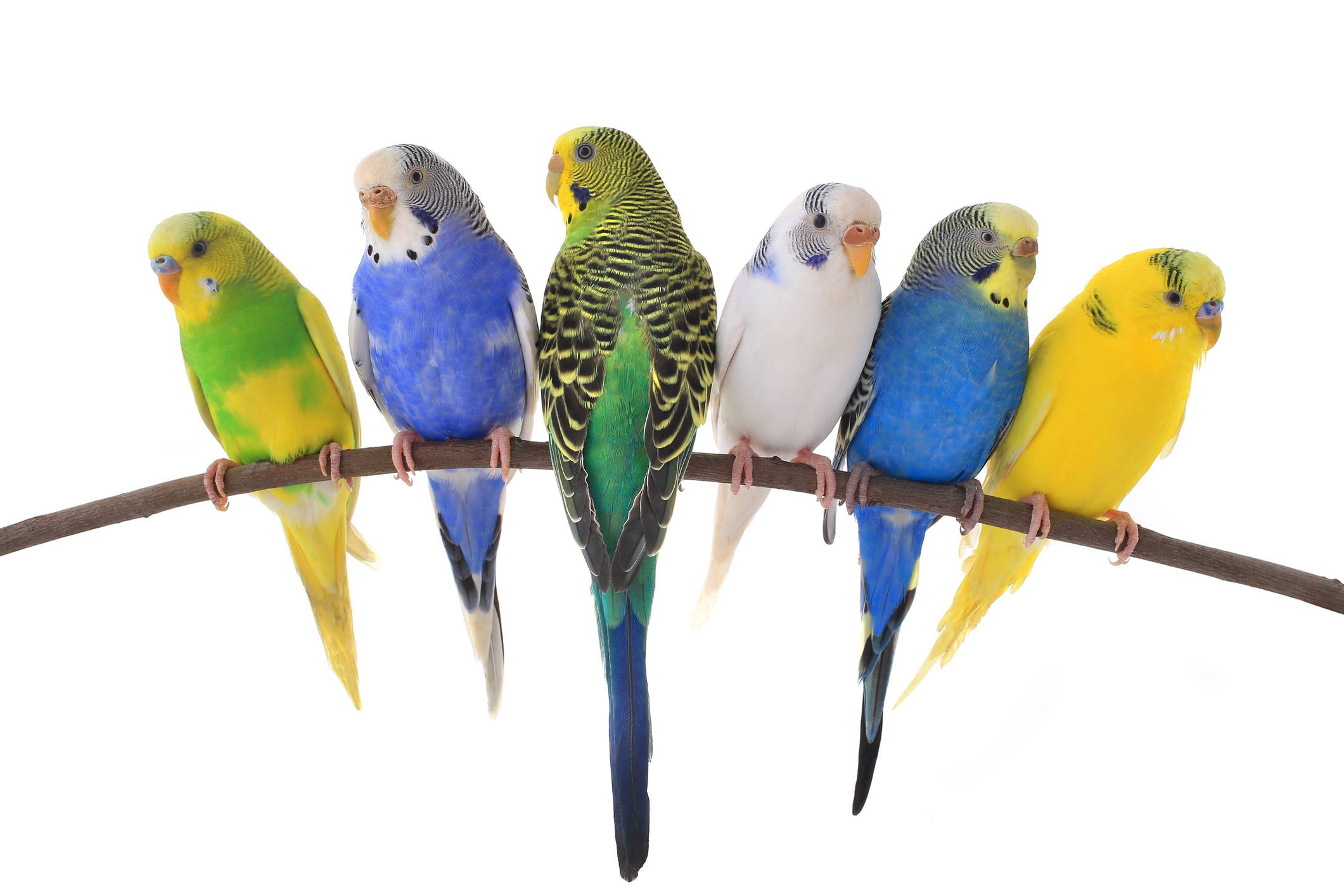
Animal intelligence has been studied for many years, and birds often top lists of the world's most intelligent animals. But some birds, including parrots commonly kept as pets, have proven to be more intelligent than others.
1. Macaws
Also considered a parrot like the African Gray Parrot just mentioned, there are several different types of macaws, including the longest parrot on the planet, the Hyacinth. All parrots, including macaws, are thought to have similar levels of intelligence.
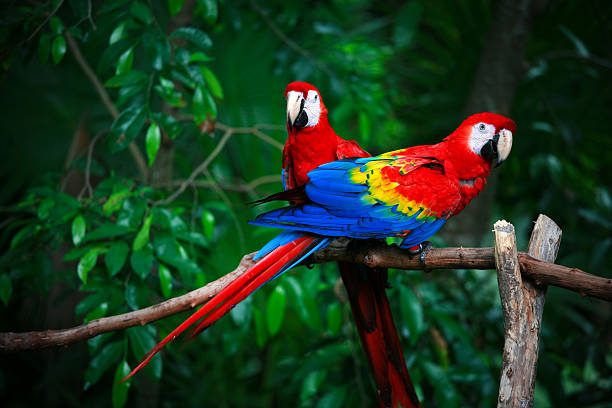
The level of intelligence of this bird has been compared to that of a toddler. They can solve problems, use tools and have a high degree of communication with other birds, use sounds, and even change physical factors, such as blushing.
A Canadian study found that after analyzing 98 different bird brains, there was a definite difference in the size of a specific part of a parrot's brain. This part of the bird's brain is similar to that of a primate, another highly intelligent animal and is responsible for communication between the cerebral cortex and the cerebellum. It's called the spiriform nucleus, and in parrots it's two to five times larger than it is in chickens. This part of the brain is thought to play a key role in the planning and execution of enhanced behaviors.
2. African Gray Parrot
The African Gray Parrot is the most studied pet bird and has demonstrated a very high intelligence. One of themost famous African Gray Parrotswas named Alex but he passed away in 2007 at the age of 31. This bird was purchased from a pet store at the age of one by a doctoral student, Dr. Pepperberg, who took care of this parrot throughout its life.
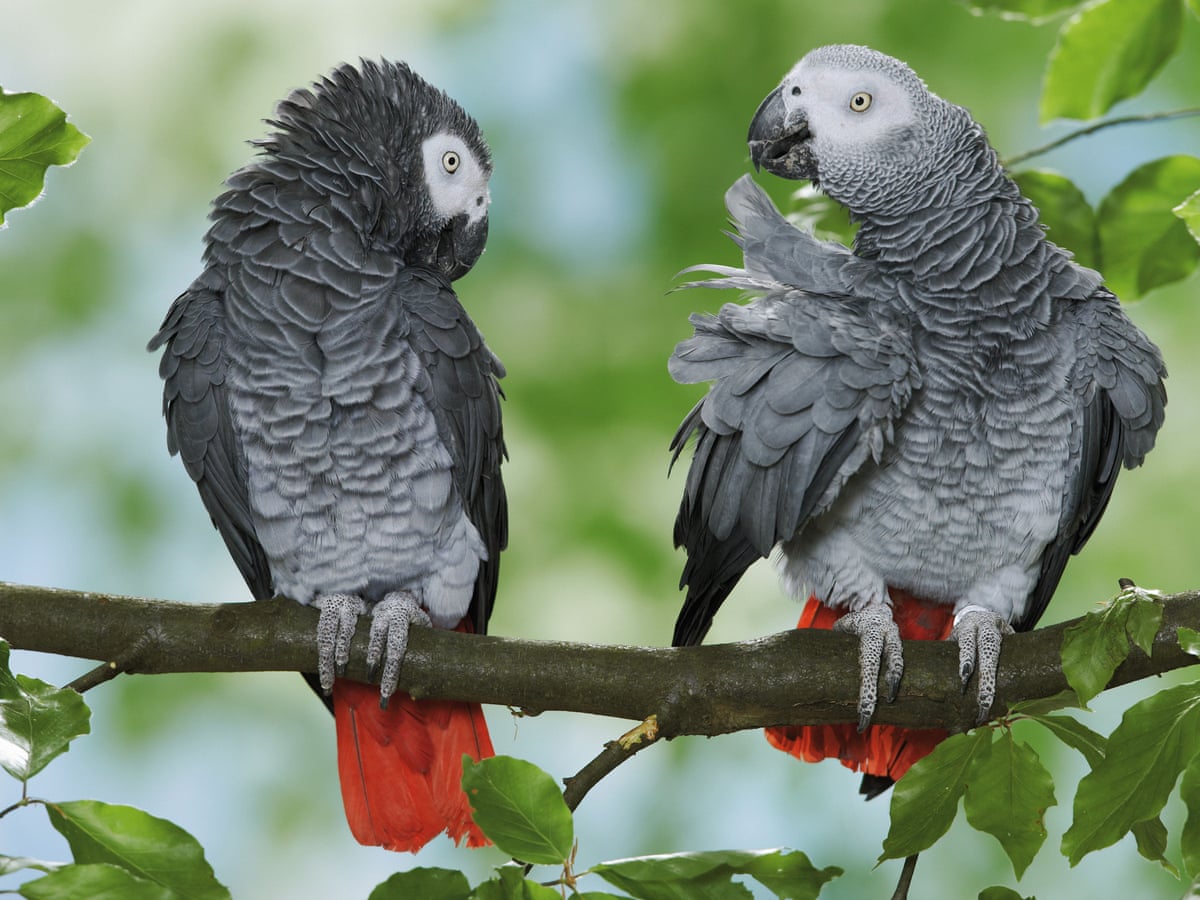
Before Alex came along, most of the research on avian intelligence had been done using pigeons and needless to say, all of them were disappointing. Alex changed people's minds about what a bird can learn. Over the years and up until his death, Alex had learned more than 100 English words and was said to have the intelligence level of a five-year-old when he died.
Critics of Alex's study argue that the parrot may simply be a product of outcome conditioning - a learning mode that emerges through the process of rewarding and punishing behaviors and without real understanding but even if it's just a trained response, Alex's abilities are far beyond anything most pet birds can achieve. Due to the appearance of Alex, the African gray parrot currently has a reputation as a fairly intelligent bird and needs constant mental stimulation.
3. Budgerigars
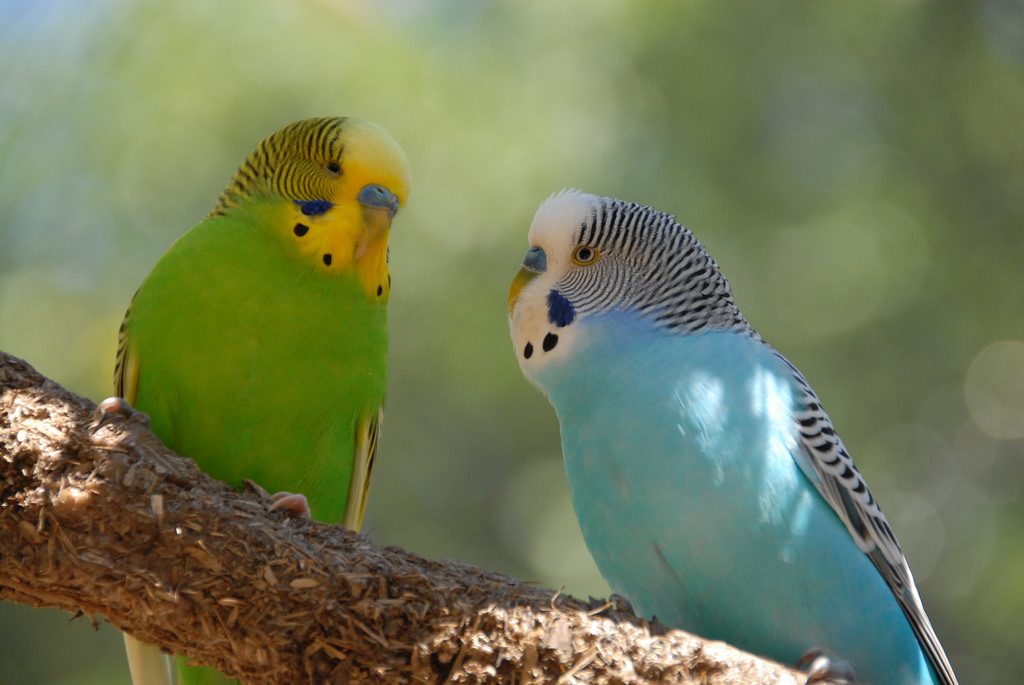
Budgerigar often called budgies or parakeets, birds really is one of the smallest members of their parrot. But that doesn't mean it's small, it just means they're not smart.
Budgerigars are the first mammals to demonstrate human understanding of language, comparable to a seven-month-old baby. One study found that these birds can recognize a specific pattern of meaningless words, something that demonstrates the ability to pick out an abstract pattern. This is important because prior to this study, only humans, rats, monkeys and other intelligent species had shown they could do this.
4. Parrot Sun Conure
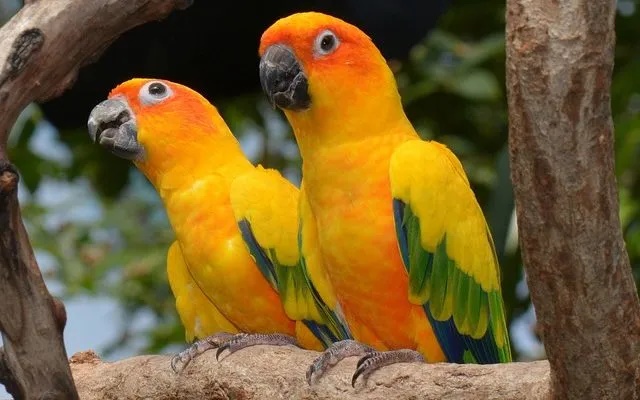
ike the other birds on this list, there are many different types of Conures and they all belong to the parrot family. Because of this, Conures also require a lot of mental stimulation to keep their smart brains busy. Lots of exercises, toys, and social activities are a must for a Conures. Whether it's Green-cheeked, Jenday or Sun Conure parrots, all parrots are sure to show you how smart they really are.
5. Cockatoos
Cockatoos are birds in the parrot family, they are the first birds seen as playing musical instruments. In Australia, palm cockatoos (Palm Cockatoos) have been observed using tree branches and seed pods to make drumsticks and other Cockatoos can sway to the beat of music, demonstrating their understanding of rhythm tune.
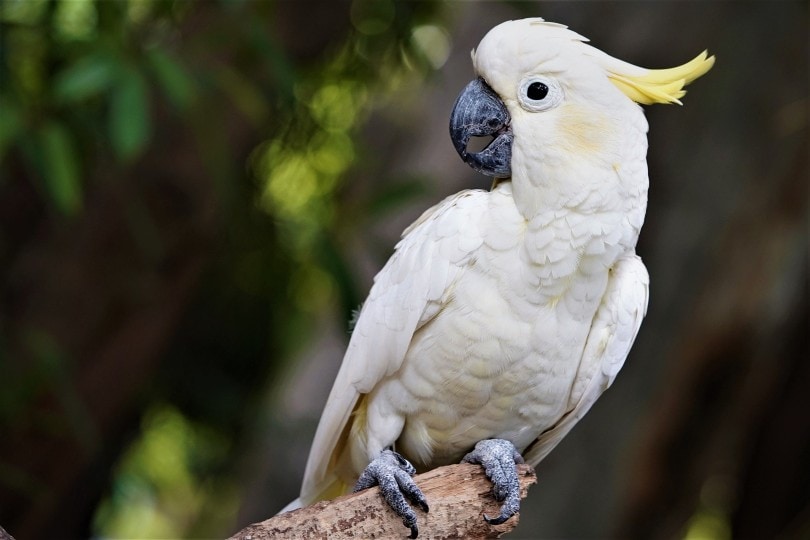
One study used Goffin cockatoos, a small cockatoo, and demonstrated their recognition of object permanence . Object constant is simply the idea that someone can understand that just because an object is not visible, it is still there. The example of a bead in a bag out of sight is often used to describe object constant studies in birds. In infants, solving an object constant puzzle is usually not possible until 18 to 24 months of age. Not surprisingly, research shows that wild Goffin cockatoos have spatial reasoning abilities comparable to primates and infants.
- Techniques for raising and caring for beautiful and healthy parrots
- What are the effects of Vitamin E deficiency when raising Parrots?
- Is it easy to raise pet birds?
- What is the best fruit to feed the Crested Bird to keep the Bird Healthy and Singing
- What do land warblers eat? The experience of raising land warblers